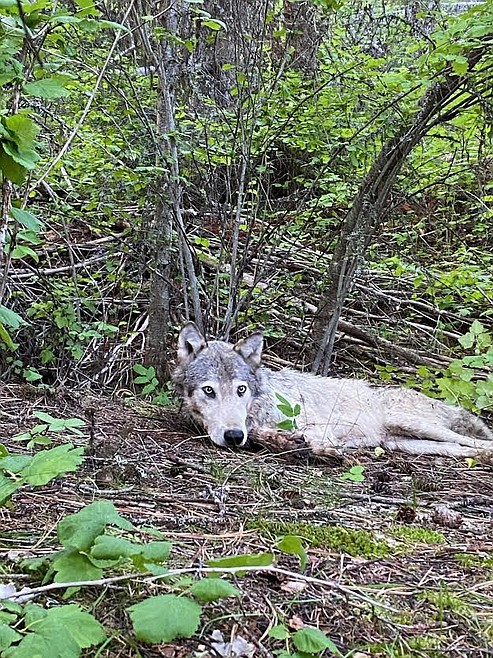What are Mineral County's wolves up to?
|
September 9, 2020 12:00 AM
By MONTE TURNER
Mineral Independent
Bringing up the subject of wolves remains touchy. A flashpoint for many who have nothing good to say about them for reasons of their own. How the deer population has dropped...
Become a Subscriber!
You have read all of your free articles this month. Select a plan below to start your subscription today.
Already a subscriber? Login



